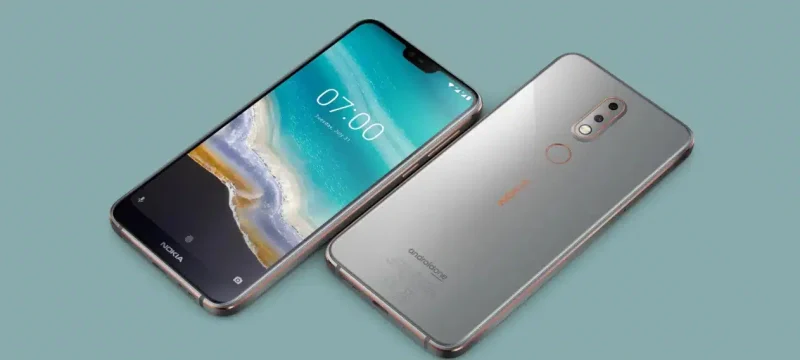The GSM Association’s Mobile Internet Connectivity Report for 2023 reveals that approximately 55% of the global population, equating to around 4.3 billion people, now own smartphones. In terms of mobile internet usage, there are 4.6 billion users, with 4 billion of them accessing services through their smartphones.
The report highlights disparities in mobile internet accessibility across different regions. For instance, in North America and the East Asia & Pacific regions, 69% of smartphone owners utilize 4G-enabled devices. In contrast, a significant proportion of users in Sub-Saharan Africa and the Middle East and North Africa still rely on 3G connectivity, with every third mobile user opting for 3G internet.
Also Read: The Role of Smartphones in the Era of Remote Work
The rapid expansion of mobile internet usage is notable, but around 3.4 billion people still lack access to it. According to the GSMA, 38% of the global population resides in areas with mobile broadband coverage yet chooses not to use it. This connectivity gap is particularly pronounced in Sub-Saharan Africa and South Asia, where 59% and 52% of the population, respectively, remain offline.
The report also highlights that approximately 600 million individuals, or 8% of the world’s population, still rely on the internet through feature phones. Various obstacles, including limited digital skills, literacy challenges, safety concerns, and the absence of relevant content, continue to hinder the full utilization of smartphones for internet access among users.
Mats Granryd, Director General of the GSMA, emphasized the impact of the absence of connectivity on billions of individuals, depriving them of essential access to services and income-generating opportunities. Vulnerable groups, particularly economically disadvantaged, less educated, rural, and female users, are more affected. Granryd stressed the need for urgent action to accelerate digital inclusion and remove barriers to prevent further exacerbation of the digital divide.









